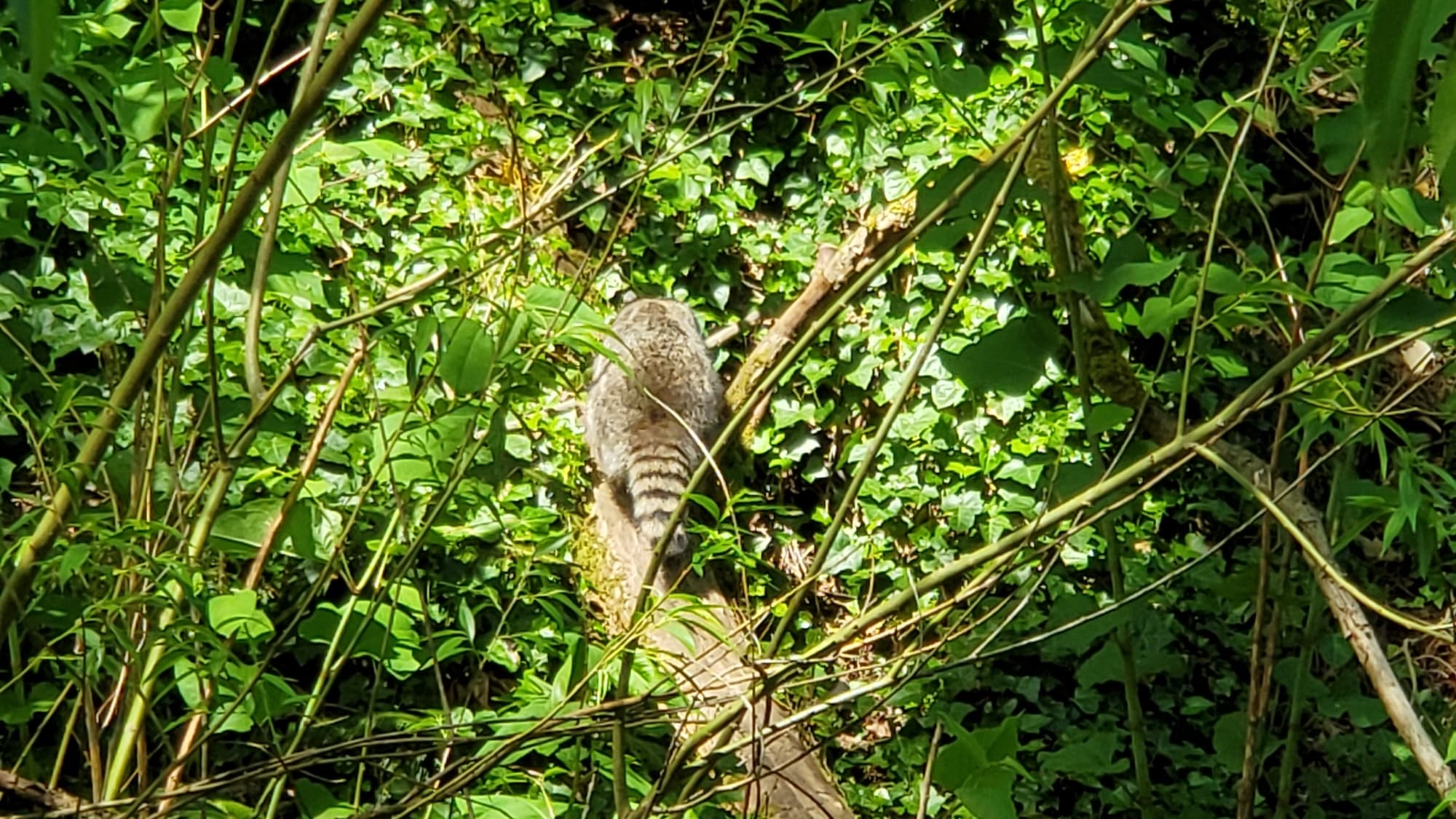West Seattle Mugwort removal
Homeowner’s Issue
Mugwort shows up in West Seattle gardens like a stubborn neighbor who won’t leave. Our pockets of shady slope (think High Point and the hills off Delridge), salty air near Alki, and the heavy winter rains make for ideal spread: mugwort tolerates compacted soils, low light under big maples, and disturbed beds where fill was used for past landscaping. Many houses here have clayey patches or shallow topsoil that heat and dry in summer, which pushes mugwort to send out runners and re-root after cutting. Seed set in late summer and rhizomes below the surface mean a one-off pull rarely solves it.
HOA rules and curb appeal matter in Admiral and Fauntleroy, so homeowners need fixes that look tidy, control regrowth, and meet community aesthetics. Drainage on terrace gardens and narrow city lots complicates access and disposal—roots and root fragments left on wet slopes will resprout. That’s why West Seattle jobs benefit from targeted manual removal, smart smothering, and follow-up maintenance timed around our rainy season; solutions must be gentle to local soils, avoid chemical herbicides, and rebuild plantings with low-maintenance natives where possible.
Our Quality Service
We remove mugwort by hand and strategic smothering—no chemical herbicides. We use mattocks, root saws, tarps, and wheelbarrows to extract rhizomes, then stabilize the spot with sheet-mulch or native transplants. For deep infestations we schedule staged visits: initial excavation, follow-up scuffle-outs, then mulch and plant replacement. Typical timeline: small beds cleared in one visit; medium to large infestations require 2–4 visits spread over the growing season.
Local insight: we work around Seattle’s heavy winter rains and summer dry spells, scheduling heavy digging in late spring or early fall when soil is workable. On slopes we add erosion control and native groundcovers; on flats we recommend 3–4” of coarse mulch and sheet-mulch to suppress regrowth. Benefits include safer yards, consistent curb appeal, reduced maintenance, and a lower chance of regrowth than cutting alone.
What’s Included
- Onsite assessment and photo documentation of infestation.
- Manual removal of mugwort with root extraction.
- Raking, grading, and fine cleanup of affected area.
- Sheet-mulch or organic mulch application (standard: 3” wood mulch).
- Debris haul-away (green waste) or sorting for homeowner green bin.
Options / Upgrades
- Heavy-duty sheet-mulching (cardboard + compost + 4” mulch) for persistent patches.
- Solarization (clear plastic) for paved or non-planting areas.
- Native plant replacements (low-water, shade-tolerant species).
- Soil amendment and erosion control on slopes.
- Regular follow-up visits (recommended 2–3 in first year).
Before & After / Expectations
Expect some mess and noise on day one—digging and hauling is part of the job. We’ll protect nearby ornamentals and leave the site broom-swept and mulched, though root fragments may surface later and need a quick follow-up. Small jobs can be finished same day; larger infestations require repeated visits over weeks.
Care tips for West Seattle:
- Best times to intervene: late spring (before seed set) or early fall (after summer drought eases).
- After replacement planting, water during dry summer windows; natives usually need only occasional watering first two seasons.
- Watch for moss and English ivy in shaded yards—mugwort likes the same disturbed areas, so treat those spots proactively.
- Keep mulch depth consistent; avoid piling mulch against tree trunks.
FAQs
How long until it’s gone for good?
Mugwort can be controlled, not instantly eradicated. Expect 2–4 targeted visits the first season and then seasonal checks for 1–2 years.Do you use herbicides?
No. We use manual extraction, smothering, solarization, and organic cultural methods only.Will my slope need extra work?
Often yes. We add erosion control and select deep-rooting natives to replace cleared patches on slopes to reduce resprouting.What about disposal?
We can haul green waste away or leave sorted debris ready for your green bin; composting mugwort is only advised if fully decomposed and contained.
Call to Action
West Seattle homeowners: if mugwort is taking over your front bed or your slope near Lincoln Park, book a free estimate and we’ll lay out a sustainable plan. Quick scheduling, practical follow-ups, and local know-how — no buzzwords, just tidy yards that stay that way. Email neatandtidyseattle@gmail.com to get started.










